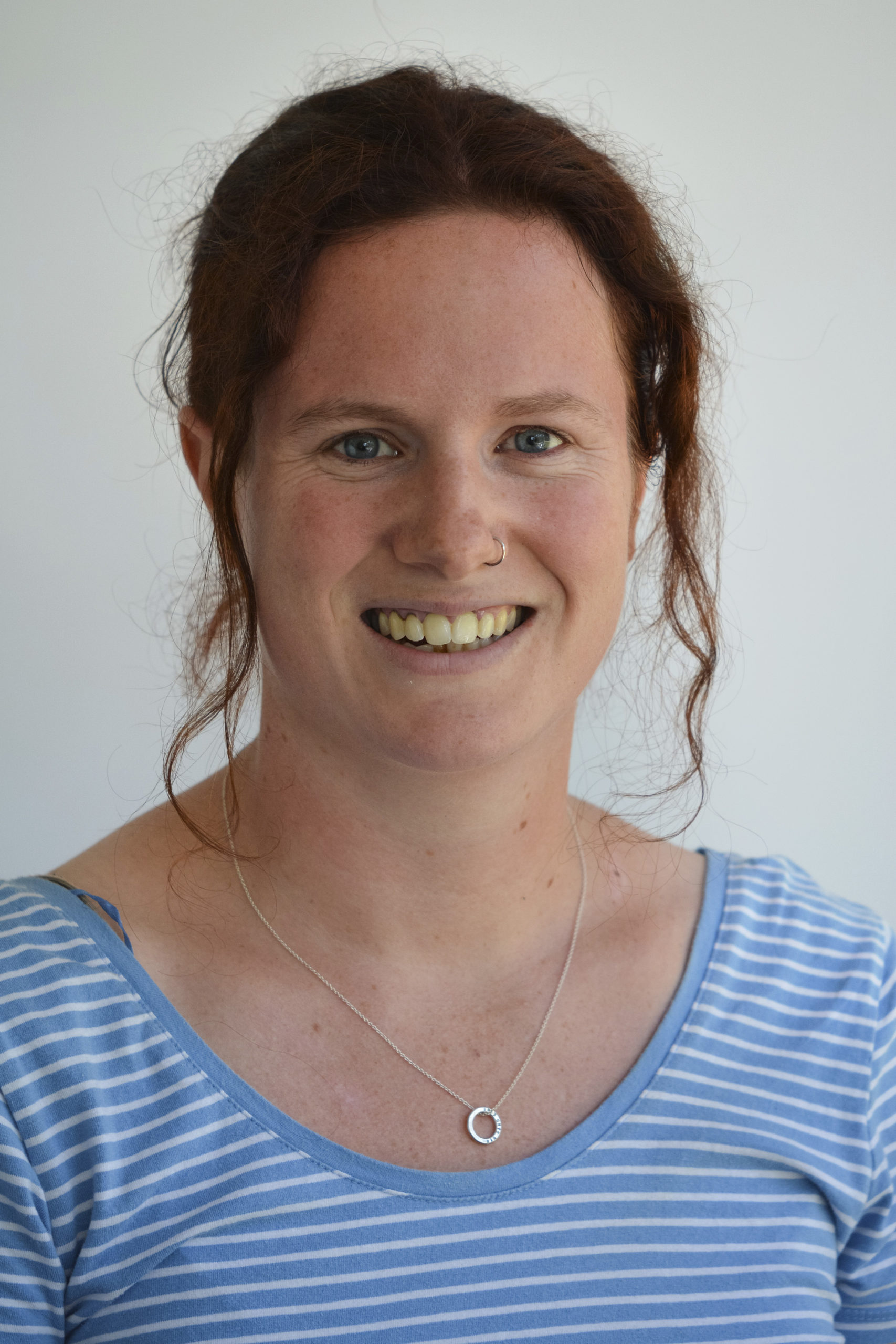After years of work on Community-Led Total Sanitation, the time had come to shift our focus. The decision was made to commit to the shift with a new name, ‘The Sanitation Learning Hub’, with a new brand, and a new website.
But how do you create something that feels new and fresh, while showcasing and paying due respect to years of hard work and resources that continue to be useful?
When faced with the task of a new website and brand, there’s a temptation to start with a blank page and come up with a wish list. It can be tempting to try to be everything to everyone – ‘a one stop shop’.
It can also be easy to get lost in the logic of organising existing resources, without considering the focus of the work ahead.
The process begins
To define the work ahead, we had to first create a strategy. In January 2019, we decided on a strategy which set out our commitment to context specific and adaptive learning, after a period of consultation with critical friends and peers in the sector.
We also needed to consider who we were trying to reach to define our new target audiences and assess their information needs. We conducted focused interviews and sent out surveys to find out more from collaborators who we had been working with, also from people who have been using our services as well as learning about those we wanted to engage more effectively in the future.
We worked with a social media and communications consultant who helped us to condense this information into five personas incorporating practitioners, policymakers and academics based in different locations and organisations. We developed these personas to imagine their day-to-day jobs, challenges, information gaps and the ways they prefer to receive information. These personas were central to the process of developing the website and the new brand. At every step of the process, we used the personas to check in and ask, ‘will they find this appealing and useful?’
We also needed to think very carefully about the specific role we can play in the sanitation and hygiene sector. There’s a lot of excellent work already being done by others, so we needed to decide on our vision, mission, approach and niche.
Watch our animation to find out more about the Sanitation Learning Hub’s role in the sector
With those key decisions behind us, we could start to think seriously about how to organise the website so it would be most useful for our personas. We decided on nine priority themes which reflect our vision and our commitment to helping the sector achieve SDG 6.2 by 2030. We thought long and hard about what to include and what to exclude in those themes, bearing in mind what we considered most useful to the sector’s efforts towards SDG 6.2.
At this stage, we tried to focus in on what our personas would need and at various times we had to remind ourselves that we couldn’t be a ‘one stop shop’ and cover everything. We hope that clear introductions and recommended readings for each theme, sub-theme and approach will help users feel less intimidated by the sheer volume of resources available for the sector.
Our commitment to context-specific and adaptive approaches was a driving force behind the Practical Support section of our website. Here, we show a commitment to arming our personas with the tools needed to put thematic knowledge into action. This section also gives us the opportunity to showcase our work on Community-Led Total Sanitation under community-led approaches.
Watch our walk-through video to find out more about the structure of the website
Behind the scenes
Practically speaking, what did this process look like? Over nine months, we worked closely with a social media and communications consultant (Social Brighton), a design agency (Osomi) and a web development agency (We Are Potential). We spent hours in meeting rooms with coffee, flipchart paper and post-it notes. They were all fantastic to work with and did a great job in keeping our work user-focused.
The reality of building a website of this size and ambition also involves project management tools like Asana, Word documents with draft text for webpages for discussion and approval, and lists of recommended resources eventually feeding into a sizeable spreadsheet with meta-data.
Writing introductions and curating recommended reading for nine themes, thirty-three sub-themes and twelve approaches was an enormous task that required time and effort from the whole team. Not to mention writing detailed pages on our research and publications, curating our top 10 guidance and tools, and our Connect, Share, Learn section.
It wouldn’t be conducive to our commitment to being honest and talking about failures if we didn’t acknowledge that our original plan was to launch the website at the end of March. We were already running behind schedule, and then COVID-19 meant that we spent time adjusting to working remotely like everyone else.
However, with workshops and travel cancelled, it freed up time for us to work hard on the website alongside fresh priorities like our Handwashing Compendium for Low-Resource Settings. Looking back, it’s now difficult to imagine how we could have worked on the website alongside our usual travel schedules. I think it’s fair to say we were very ambitious in what we wanted to achieve with the website, and taking more time meant we didn’t have to compromise on features we felt were important.
What are the challenges ahead?
It feels like we stuck to our commitment to keep our five personas at the heart of the website, and we avoided the temptation to become a ‘one stop shop’. But moving forward, we know we need to:
- Systematically review new resources to see what is appropriate, relevant and useful, and fits into our existing themes and approaches (using our resource submission guidelines as a starting point)
- Periodically review the introductory text and recommended reading for each theme, sub-theme and approach
- Keep an eye on emerging themes and approaches and make decisions on adding new sections to our website
- Curate our top 10 guidance and tools page (we plan to ask for your recommendations too).
At the moment we’re finalising our internal processes for these tasks. We would be lying if we said this wasn’t a daunting task, but we are well-placed and well-resourced to play this role for the sector. (Thanks must go to Sida for being supportive and recognising that this work is central to our programme.) Providing this website is a central part of our commitment to facilitating learning for the sanitation and hygiene sector, so it’s only right that it’s a task for our whole team.
We’re proud of the new website and we hope it’s a useful resource for the sanitation and hygiene sector. We know it’s important to accept we won’t meet everyone’s specific needs, but that doesn’t mean that we don’t want to hear from you with your suggestions for how we can improve the website. Feel free to get in touch with any questions or suggestions on [email protected]




